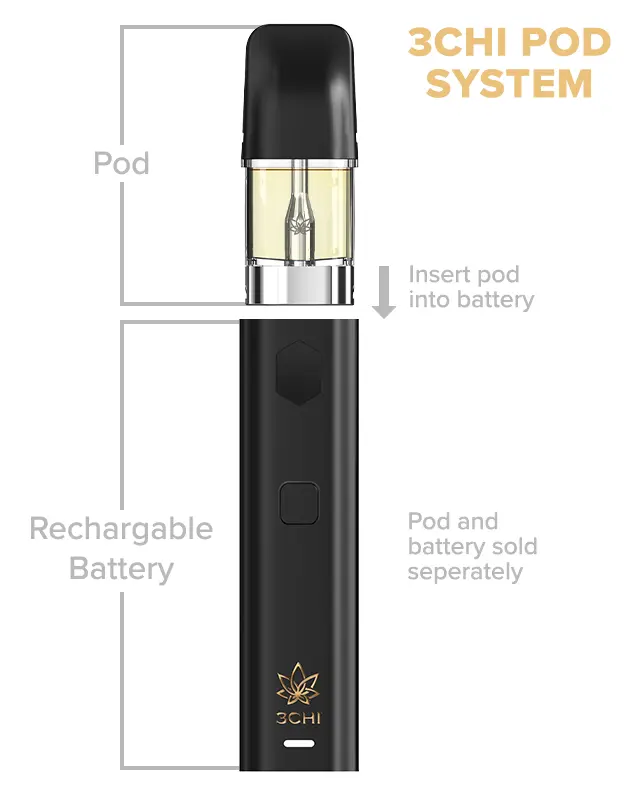Turn Products into Costs Vape Juice: A Comprehensive Overview
Turn Products into Costs Vape Juice: A Comprehensive Overview
Blog Article
The Environmental Impact of Non Reusable Vapes: Are They Really Lasting?
Non reusable vapes, a booming market section in the vaping sector, have actually sparked disputes concerning their environmental impact. With concerns ranging from source removal to waste disposal, delving into the environmental impact of disposable vapes introduces a multifaceted concern that deserves more detailed assessment.
Ecological Effect of Non Reusable Vapes

Unlike traditional vapes that can be filled up and reused, disposable vapes are developed for a single-use cycle, resulting in a fast build-up of electronic waste. The production procedure of non reusable vapes additionally eats useful sources and power, additional worsening their ecological footprint. Incorrect disposal of these tools can cause dirt and water contamination, presenting dangers to wildlife and environments.

Manufacturing Process and Resource Usage
Throughout the production of non reusable vapes, substantial quantities of sources and power are eaten, adding to their general ecological effect. The production process of disposable vapes involves the extraction and processing of basic materials such as steels for the tool parts, plastic for the covering, and lithium-ion batteries for the power source. These processes require significant power inputs and can lead to the generation of greenhouse gas discharges, contributing to climate adjustment. In addition, the production of disposable vapes typically entails making use of non-renewable resources, even more depleting limited materials.
In addition, the production of non reusable vapes additionally generates waste and contamination. The manufacturing process of non reusable vapes plays a substantial role in their general ecological impact and sustainability factors to consider.
Waste Generation and Disposal Challenges
In light of the resource-intensive production procedure of non reusable vapes, the administration of waste generation and disposal presents considerable environmental obstacles. Disposable vapes add to the placing concern of digital waste due to their single-use nature and facility structure.
In addition, the improper disposal of disposable vape cartridges, which typically contain residual nicotine and various other toxic compounds, can contaminate the environment otherwise handled properly. The absence of standardized recycling programs for these cartridges intensifies the problem, with lots of winding up in routine waste streams.
To address these waste generation and disposal obstacles, it is necessary for suppliers to develop more lasting vape items that are simpler to reuse. Additionally, boosted recognition and education on appropriate disposal methods amongst consumers are try this out critical in reducing the ecological impact of disposable vapes.
Chemicals and Poisonous Materials Use

Furthermore, the batteries in disposable vapes include heavy metals such as lead, lithium, and cadmium, which are harmful to the environment if not recycled appropriately. Turn products. Improper disposal of these batteries can result in soil and water contamination, positioning dangers to environments and human health and wellness. The extensive usage of chemicals and poisonous materials in disposable vapes emphasizes the value of adopting lasting techniques in their production, use, and disposal to minimize negative environmental effects.
Sustainable Alternatives and Solutions
What lasting options and solutions can be carried out to deal with the ecological impact of non reusable vapes? One significant choice is the adoption of rechargeable or refillable vape tools. By choosing gadgets that can be charged and replenished with e-liquid, consumers can considerably decrease the amount of waste created from non reusable vapes. Furthermore, advertising accountable disposal practices for non reusable vapes, such as recycling programs, can assist minimize the environmental repercussions linked with these products.
Another sustainable option is the growth of biodegradable vape elements. Makers can discover making use of biodegradable materials for vape cases, cartridges, and product packaging to lower the long-term environmental impact of these products. Furthermore, encouraging using vaping products with fewer chemical additives and toxic substances can likewise add to an extra lasting vaping market.
Education and awareness campaigns can play a critical duty in advertising lasting methods among vapers - Turn products. By informing customers regarding the ecological impact of disposable vapes and highlighting the advantages of environmentally friendly alternatives, people can make even more educated options that align with environmental preservation initiatives. Eventually, a mix of regulative procedures, technological innovations, and customer activities is necessary to attend to the environmental obstacles presented by non reusable vapes
Verdict
In conclusion, the environmental influence of disposable vapes is considerable as a result of the manufacturing process, resource intake, waste generation, and usage of chemicals. Sustainable options and remedies should be taken into consideration to mitigate these unfavorable results. It is essential for makers and customers to prioritize ecologically pleasant techniques to reduce the environmental harm triggered by disposable vapes.
The environmental influence of disposable vapes is an expanding issue as their widespread use adds to plastic waste buildup.Unlike conventional vapes that can be refilled and reused, non reusable vapes are designed for a single-use cycle, leading to click now a fast buildup of electronic waste. The extensive use of chemicals and poisonous materials in disposable vapes emphasizes the significance of embracing lasting methods in their usage, production, and disposal to reduce unfavorable ecological influences.
By educating customers concerning the environmental impact of disposable vapes and highlighting the advantages of green choices, individuals can make more informed selections that align with environmental preservation efforts.In conclusion, the ecological effect of disposable vapes is substantial due to the manufacturing process, source usage, waste generation, and use of chemicals.
Report this page